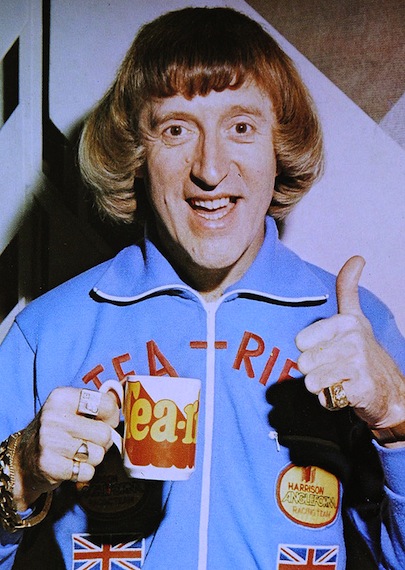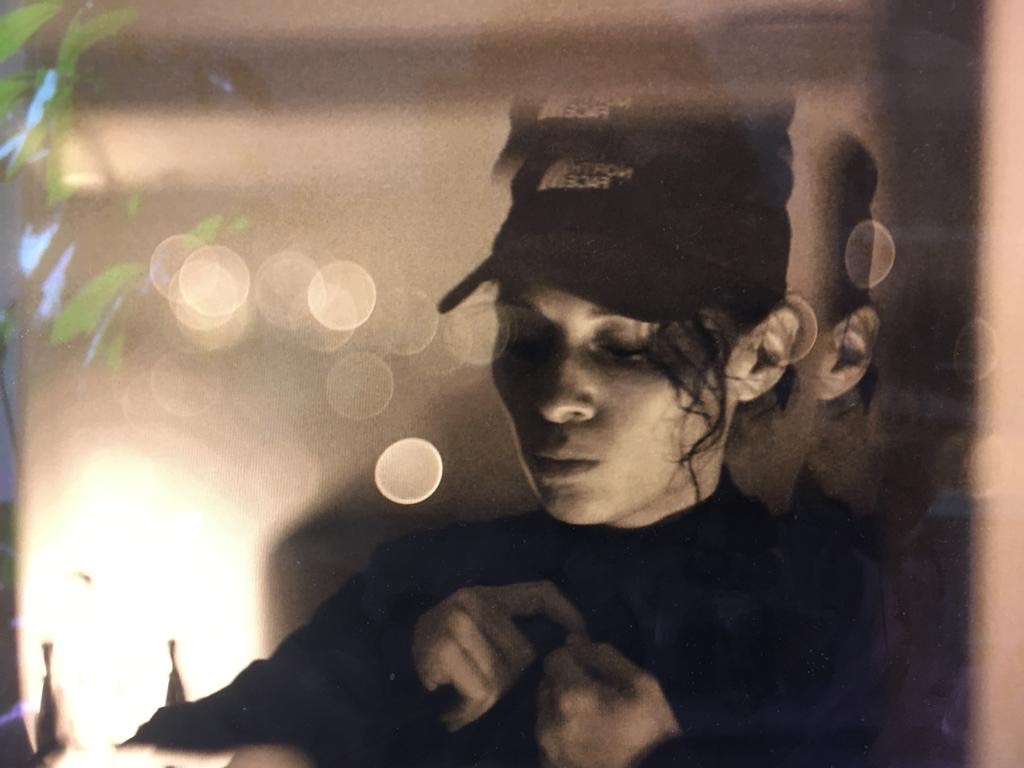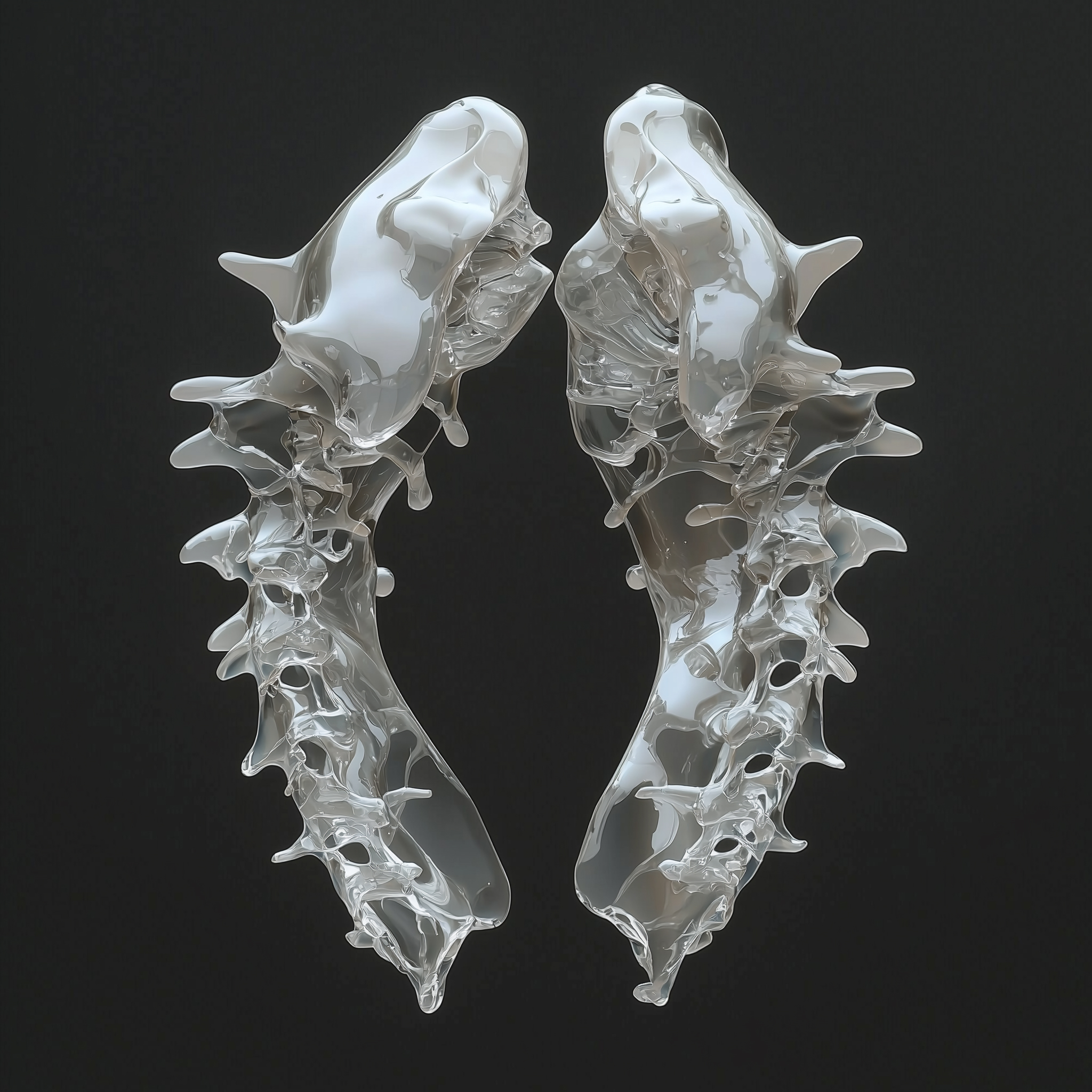Jimmy Savile DJ Originator Or More Smoke And Mirrors?

Just over 12 months ago, on October 29th 2011, the TV and radio personality Sir Jimmy Savile died 2 days before his 85th birthday (he was born on Halloween 1926). He was regarded as one of the great British eccentrics, but there were always rumours about deviant behaviour, although nothing proven. Apart from his contribution to broadcasting, Savile was also said to be the first DJ, not only in Britain, but the World, to use twin-turntables, back in the 1940’s, making him an unlikely icon to DJ’s of the modern era.


















Must Reads
David Holmes – Humanity As An Act Of Resistance in three chapters
As a nation, the Irish have always had a profound relationship with the people of Palestine
Rotterdam – A City which Bounces Back
The Dutch city is in a state of constant revival
Going Remote.
Home swapping as a lifestyle choice
Trending track
Vels d’Èter
Glass Isle
Shop NowDreaming
Timothy Clerkin
Shop Now